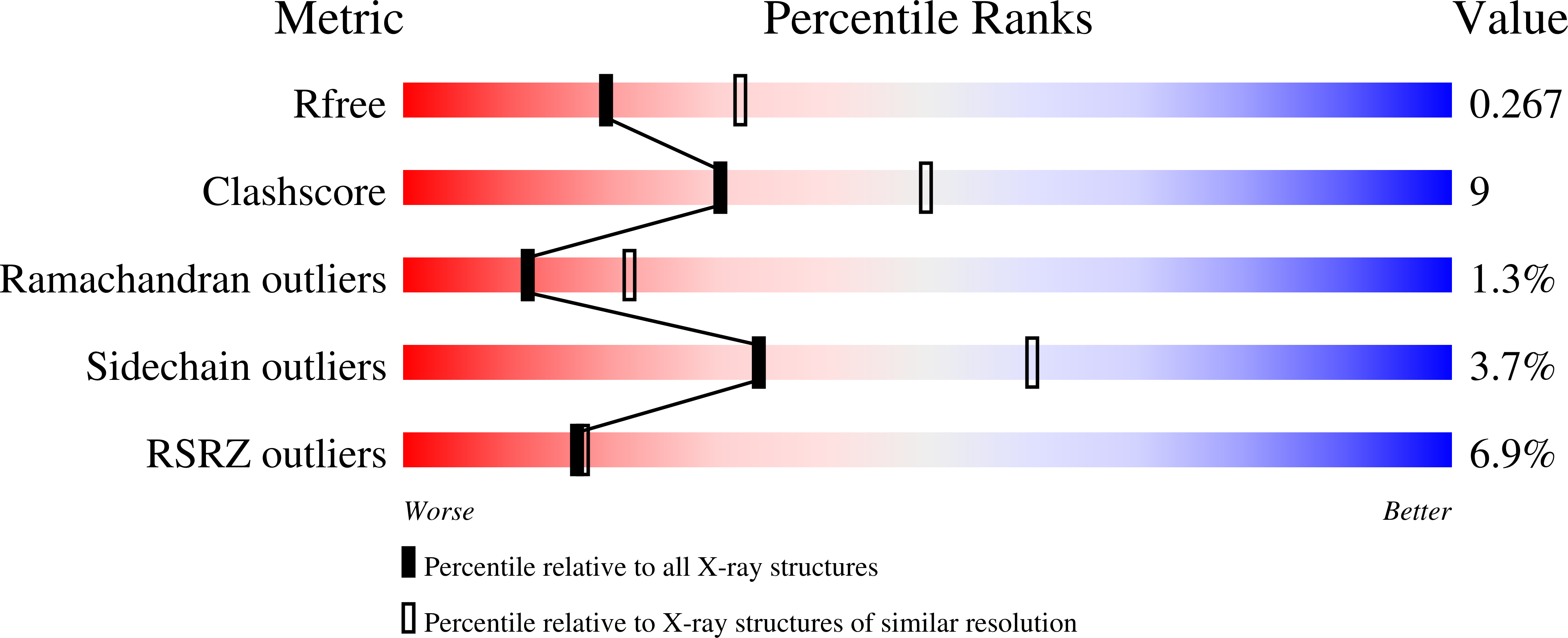
Deposition Date
2005-02-01
Release Date
2005-04-05
Last Version Date
2024-02-14
Entry Detail
PDB ID:
1YQK
Keywords:
Title:
Human 8-oxoguanine glycosylase crosslinked with guanine containing DNA
Biological Source:
Source Organism:
Homo sapiens (Taxon ID: 9606)
Host Organism:
Method Details:
Experimental Method:
Resolution:
2.50 Å
R-Value Free:
0.27
R-Value Work:
0.23
R-Value Observed:
0.23
Space Group:
P 65 2 2


